‘Phantom Thread’ is a 2017 romantic drama about what it is to be in love with an artist. Set in 1950s London, the film follows acclaimed and eccentric dressmaker Reynolds Woodcock (Daniel Day-Lewis) and his unlikely muse, Alma, who he meets at a diner and eventually marries. The shifting moods, peculiar habits, and constant obsession with his work make loving Reynolds a complicated and demanding task — one that Alma takes on more gallantly than most others.
The delicate and tenuous relationship between the artistic dressmaker and his muse remains fragile until Alma takes drastic steps to make her place in Reynolds’ life more significant. A truly baffling ending crowns the masterpiece with a message of deep love — too deep, perhaps. There are so many layers to ‘Phantom Thread,’ and discovering them requires a closer look at the film’s climax. SPOILERS AHEAD.
Phantom Thread Plot Synopsis
The film opens with Alma sitting by a fire, speaking to an unseen person about her relationship with Reynolds. She claims to have given him everything, and her companion describes the dressmaker as a demanding man. We are then taken to a typical morning at acclaimed dressmaker Reynolds Woodcock’s residence, where things proceed like clockwork. After a few stressful days of delivering dresses to a high-profile clientele that includes a Countess, he heads to the countryside where he meets Alma, a waitress at a diner.
The connection between Reynolds and Alma is instant and strong, with both enchanted by the other for completely different reasons. In Alma, the dressmaker finds his muse who inspires him and lends the perfect form to his creations. Alma has so far had a relatively unfavorable view of herself until she looks through Reynolds’ eyes and discovers her own beauty. Their connection notwithstanding, Reynolds’ foremost preoccupation remains his work, and soon, Alma feels neglected as the busy dressmaker’s life goes on in a flurry.

Reynolds’ sporadic displays of affection, combined with his nitpicking of Alma’s habits (like too much “movement” at breakfast), result in a fight over a meal originally meant to be a surprise. The argument ends with Reynolds telling Alma to leave, after which the latter secretly slips ground up poisonous mushrooms into the former’s tea. Later, while working on a dress for the Princess, Reynolds collapses. He spends the next few days in a delirious fever, and Alma watches over him constantly. When he recovers, the so-far detached dressmaker realizes how important his muse is to him and asks her to marry him, to which she agrees.
Phantom Thread Ending: Does Alma Poison Reynolds Woodcock?
Once married, Reynolds reacts even more strongly to what he views as distractions to his work that stem from Alma. Apart from being annoyed by small things like the noises she makes while buttering her toast, he now finds it hard to focus on work and complains as much to Cyril. Not knowing that Alma is in the room, Reynolds goes on a tirade about how her presence has turned things upside down and him inside out. The film’s climax then slowly unfolds as Alma cooks Reynolds an omelet for dinner.
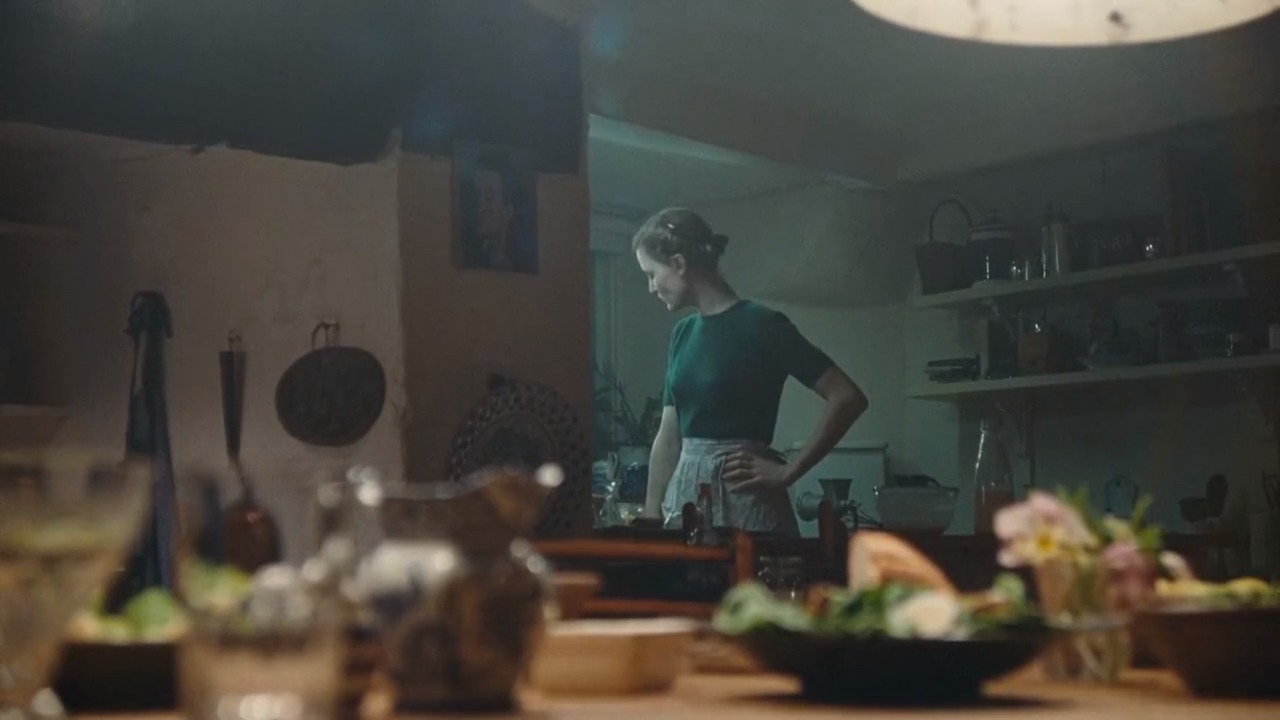
This time, the poisonous mushrooms are chopped up and fried in butter, and Reynolds watches thoughtfully as Alma makes the omelet. As he takes the first bite, she says that she wants him helpless and on his back so that she may take care of him. The dressmaker continues to chew and then asks Alma to kiss him before he gets sick again. The film closes with scenes of a future in which the couple has a child and grows old together before coming back to the present where Reynolds, saying he is “hungry,” begins to fit another dress on his willing muse, Alma.
And so, Alma poisons Reynolds not once but twice over the course of the film. What is perhaps most remarkable is how the dynamic between the artist and his muse is able to encompass him being poisoned by her and still not break their relationship but instead make it arguably stronger. For her plot, Alma uses poisonous local mushrooms, which she picks in the countryside after referring to a book on recognizing different varieties of fungi.
Though Alma poisons him, it is not her intention to kill Reynolds. As she makes clear in the film’s climax, she merely wants him to be helpless and tender so that she can care for him. Through experience, Alma has learned that Reynolds is generally too engrossed in his work for them to have a meaningful connection. However, when he is sick (or depressed, as he gets after a less than perfect fashion show), his “strong” persona drops, and the tireless dressmaker becomes more amenable to emotional connection.
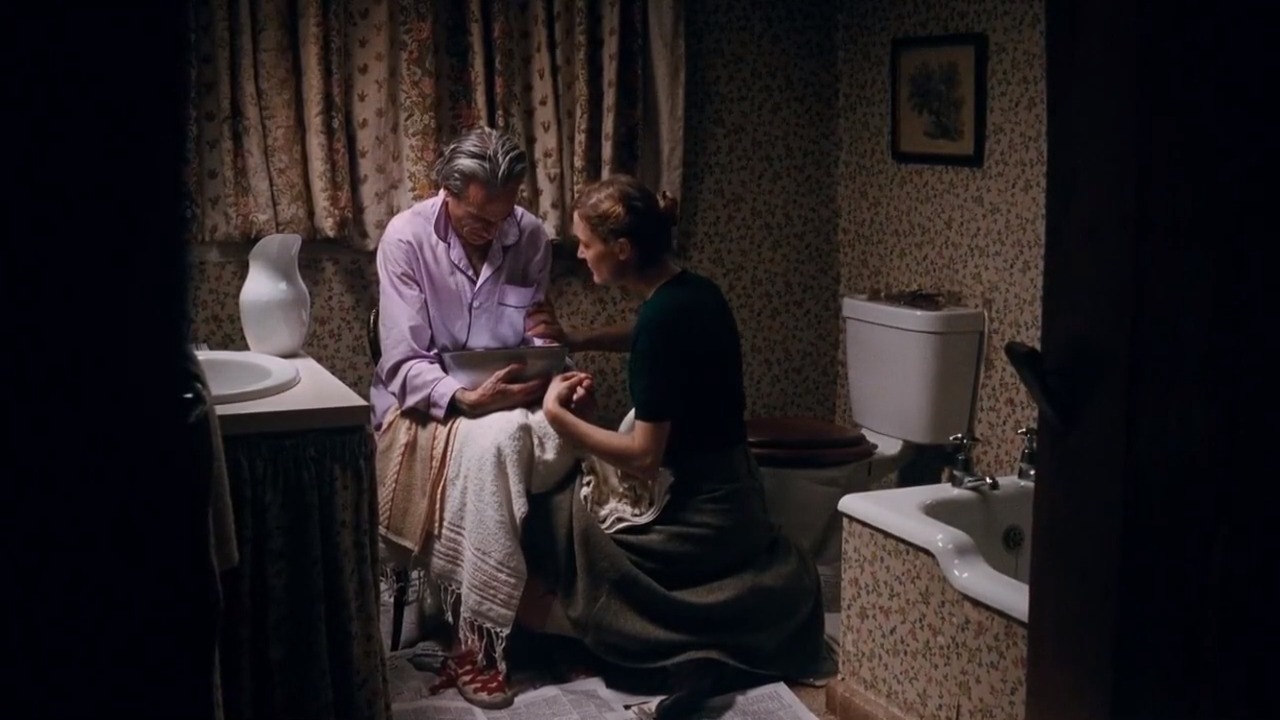
Of course, not wanting to kill Reynolds is well and good, but Alma’s confidence in him not dying after consuming her poisonous mushroom-laced preparations seems a little misplaced. She doesn’t know for sure that he will not die and admits as much — saying that if he does die, she will just have to remain patient (as she has before) until they meet again. Alma is convinced that her patience and dedication to Reynolds will keep them together, even if he dies along the way.
Does Reynolds Know Alma is Poisoning Him? Why Does He Eat the Omelet?
The first time he is poisoned, Reynolds has no idea what has happened to him and claims to feel sick like he has never felt before. He refuses to see a doctor and spends a couple of nights in delirious fever before recovering. The second time Alma poisons him, however, Reynolds seems to know what is going on and becomes a willing participant in his own poisoning. As Alma prepares his omelet, Reynolds watches her thoughtfully, clearly aware of the fact that she overheard him complaining about how Alma has hindered his life and creative process.
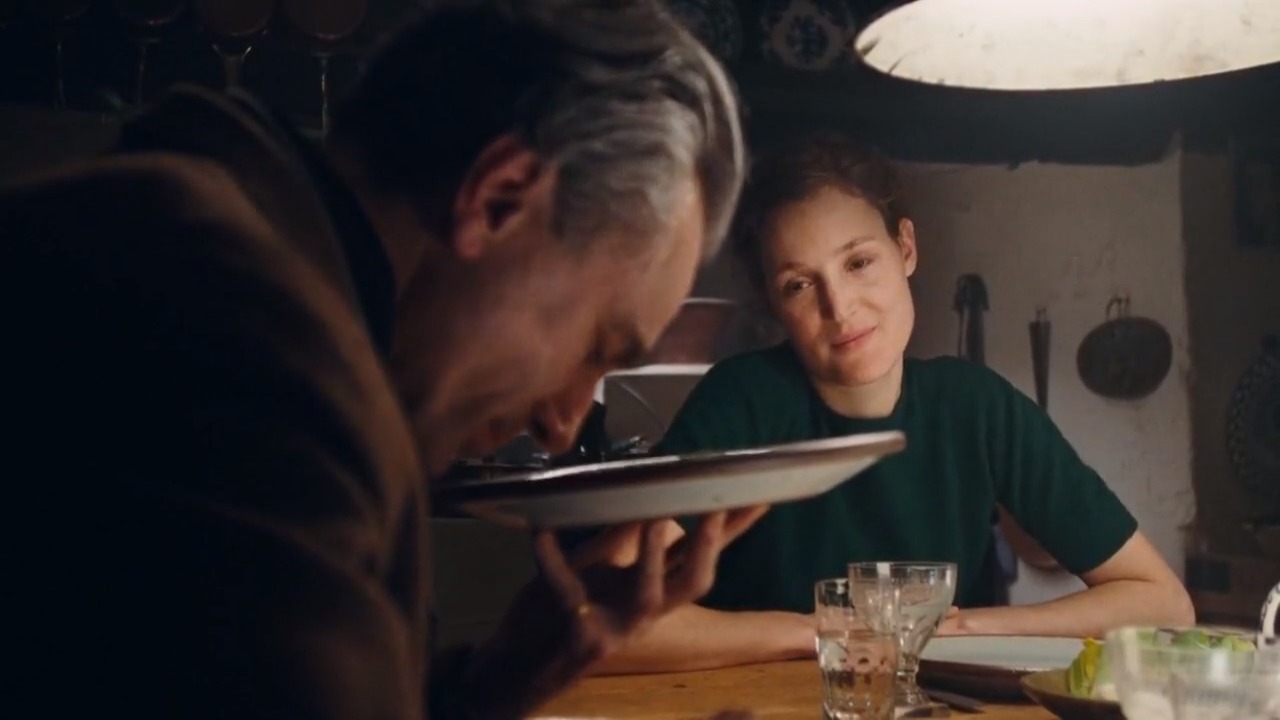
It seems like he slowly begins putting the pieces together as he watches her make a mushroom omelet and knows even before taking the first bite that all is not normal with the dish. Of course, as soon as Reynolds takes the first bite, Alma essentially admits to poisoning him, saying that she wants him to be helpless and that he is going to get very sick but not die.
Reynolds and Alma also share an interesting dynamic with food, which is lightly hinted at when Alma cooks a romantic dinner — sans poisonous mushrooms — for the dressmaker. Despite knowing his dislike of excessive butter, she serves him asparagus in butter sauce, angering Reynolds and prompting him to question why she is making him eat something she knows he doesn’t like. However, Reynolds “gallantly” eats a few bites of the asparagus. It seems like eating the poisoned omelet is an extension of the theme, and Reynolds accepts the eccentric (and potentially murderous) way his muse expresses her own brand of love for him through food.
Who is Alma Talking To in the Film?
In the film’s opening sequence and then sporadically throughout, we see Alma sitting by a fire, describing her relationship with Reynolds to an unseen individual. She recalls her husband’s strict facade and emotionally tender episodes, talking freely even about poisoning him. At the end of the film, it is revealed that Alma is speaking to Dr. Robert Hardy (Brian Gleeson), who sits across from her by the fire.
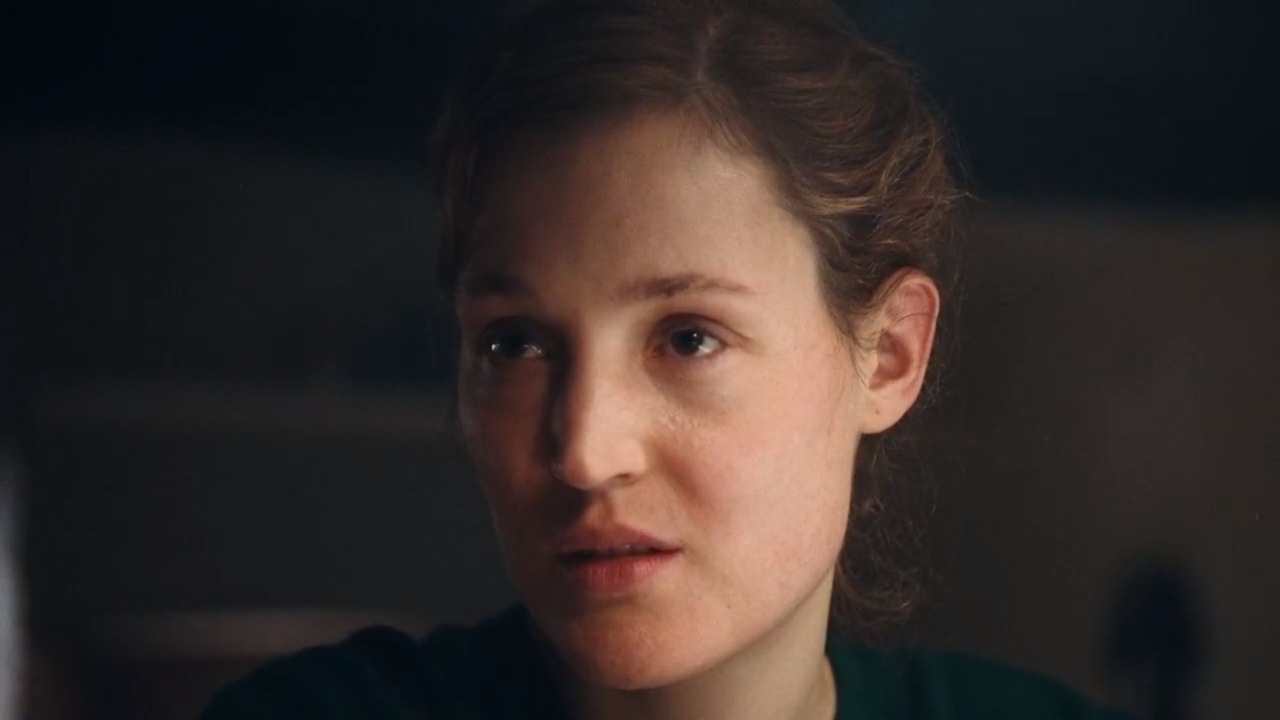
The context of their conversation is not elaborated on, but a few hints can be gleaned from the interaction. Considering Alma describes poisoning Reynolds and its aftermath, the conversation clearly takes place after the events of the film. Also, considering Reynolds is described in the present tense, it seems like he is still alive and, going by Alma’s appearance, not too much time has passed since the omelet incident.
Though it isn’t clear what makes Alma talk to Dr. Hardy so candidly — having only met him on a few occasions — it seems like there isn’t anyone else she can discuss her relationship with. Dr. Hardy is someone of the same age, and just as he convinces her to go out on New Year’s Eve, he seemingly makes a compelling companion talk to. It is quite apparent that there are no romantic feelings between Dr. Hardy and Alma. Still, the former is intrigued by the latter, and Alma, living in the solemn Woodcock household, is only too happy to have someone to talk to.
What Does Reynolds Sew into the Dress?
One of the first (and most intimate) things Reynolds shares about himself with Alma is his habit of sewing an “artifact” or blessing into his creations — something he refers to as a phantom thread. After he falls ill and is unable to help finish the Princess’ dress, Alma helps the dressmaker’s subordinates complete the crucial project. While working on the skirt, she finds a small tag sewn into its hem with the words “Never Cursed” embroidered on it.
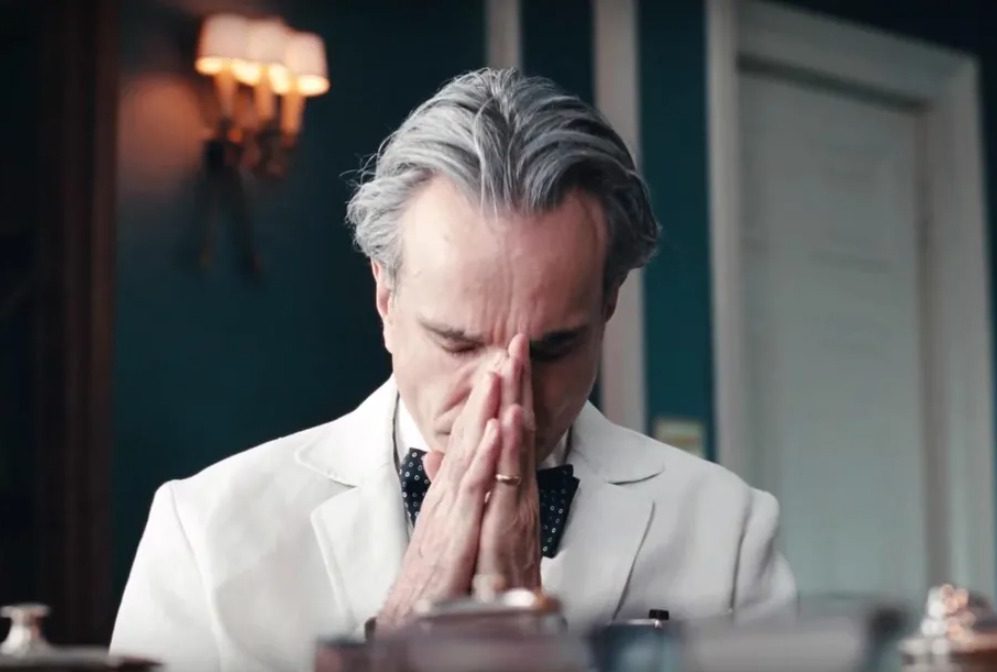
The significance of the words takes us back to Reynolds and Alma’s first evening together, where the former describes various superstitions that people hold about sewing wedding dresses. The artistic dressmaker describes working for months as a teenager on a dress for his mother because his superstitious nanny (nicknamed “Black Death”) refused to help. His sister, who did help, remains unmarried.
Thus it seems like Reynolds himself holds some superstitions about making wedding dresses, which is why he chooses the words “Never Cursed” to be sewn into the Princess’ wedding dress. It is worth noting that Reynolds does eventually get married despite having made multiple wedding dresses (which, according to superstition, results in one not finding a spouse). However, his wife also poisons him on a semi-regular basis, leaving it open for the audience to mull over whether the artistic dressmaker is actually cursed.
Read More: Is Phantom Thread Based on a True Story?

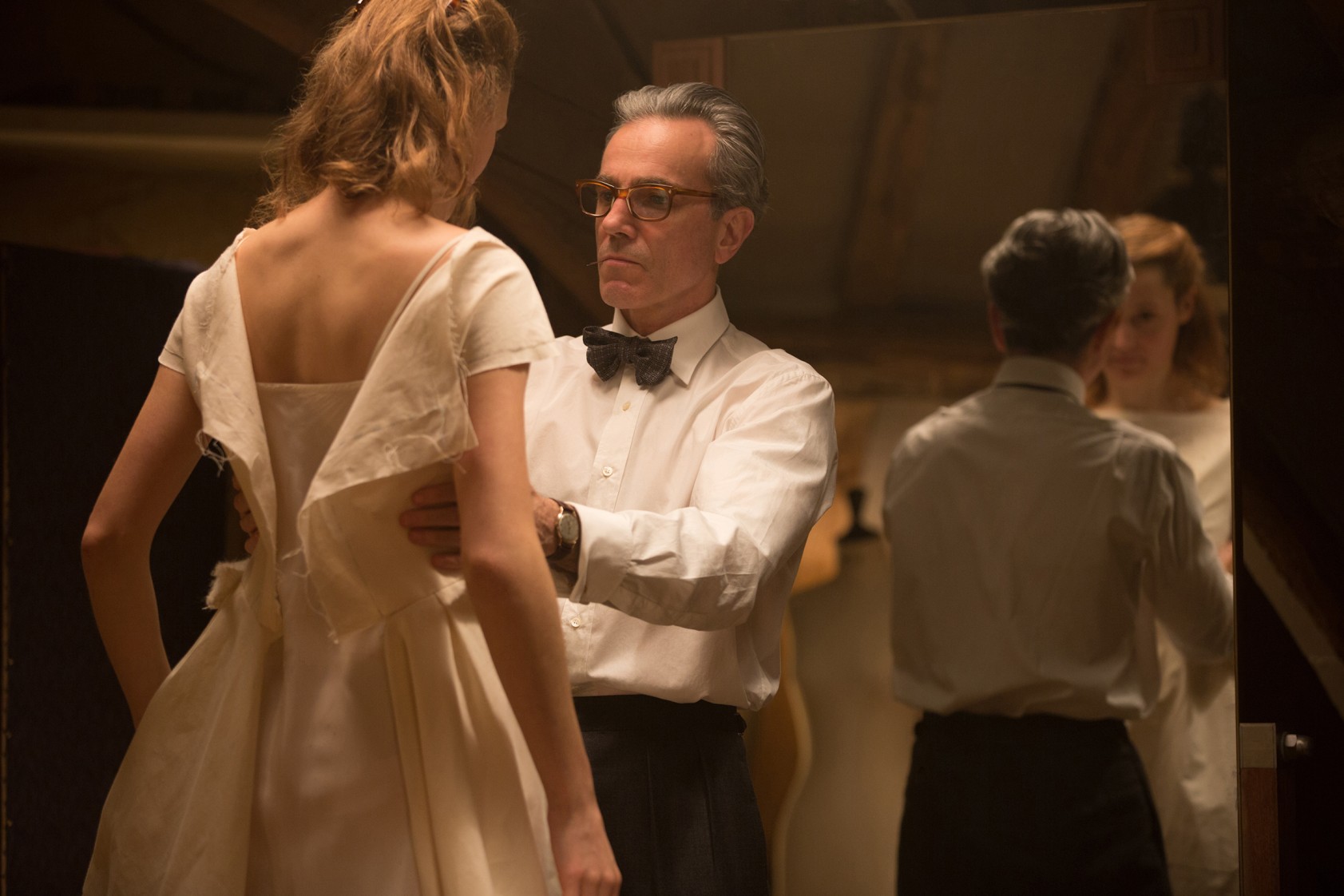
You must be logged in to post a comment.